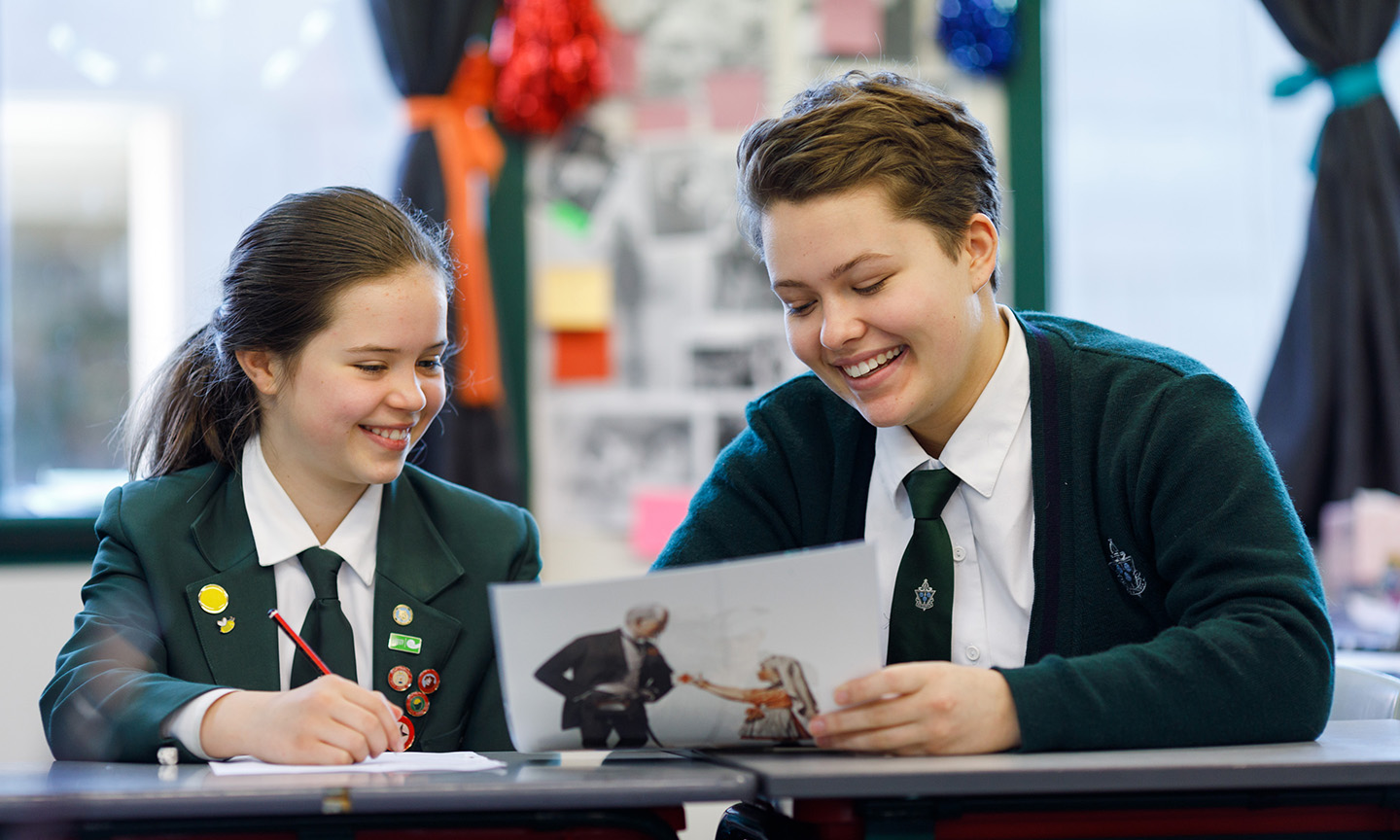How does the Arrowsmith Program work?
We all have our own unique cognitive or learning profile. We can identify what we excel at and what things may challenge us e.g. we may not have good spatial sense or we don’t pick up language easily or miss subtle social cues. Underpinning this is our unique profile of strengths and weaknesses. In most cases we can work around our challenges and they don’t have a significant impact on our lives. If, however, we had the opportunity to improve those areas during schooling this is what cognitive enhancement is all about. The power of neuroplasticity means each of our capacities can be enhanced no matter where they are on a continuum.
All Year 2–5 students undertaking the program will work to enhance specific cognitive functions no matter their baseline level of functioning.
Each year group will move through the program to enhance a developmentally appropriate cognitive function each year. Year 2–5 students will work on a cognitive exercise for 30–40 minutes per day. Scheduling the program into the school day is flexible and will fit into the daily schedule of each year group.
All our Primary teachers will be fully trained to facilitate the program.
Some exercises will be completed in classrooms. We will also have a dedicated Arrowsmith classroom in the Primary School for students working on technology enabled Arrowsmith exercises.
In the Whole Cohort Program Year 2–5 students will work on exercises to enhance a different cognitive function each year, no matter their baseline level of functioning. For example, the following region or network of regions (cognitive functions) of the brain may be worked on in the following year levels:
| Year Level | Exercise | Cognitive Function–exercise develops the |
| 2 | Motor symbol sequencing | … ability to learn motor patterns necessary for reading, writing and eye-tracking in reading. |
| 3 | Symbol recognition | … visual memory functions necessary to learn and retain symbol patterns necessary for reading and writing. |
| 4 | Quantification sense | … capacity for sense of number and quantification required for numeracy, mental calculations and time management. |
| 5 | Symbol relations | … capacity for grasping relationships and concepts, reasoning, comprehension. Speed of processing ideas. |
Research shows that students taking part in the program started to double and triple in the acquiring of academic skills. For example, at a public school in Australia, four Level 1 classes completed the 30 minute per day motor planning exercise, and 3 classes completed traditional handwriting programs. Over the course of a year, the 4 classes practicing the Arrowsmith exercise improved by over 85%, while the other 3 groups improved by 10–40%.
As Arrowsmith students were followed up years out of the program, it was found that once their cognitive function was strengthened, it remained that way.

Whole Cohort Program Information

